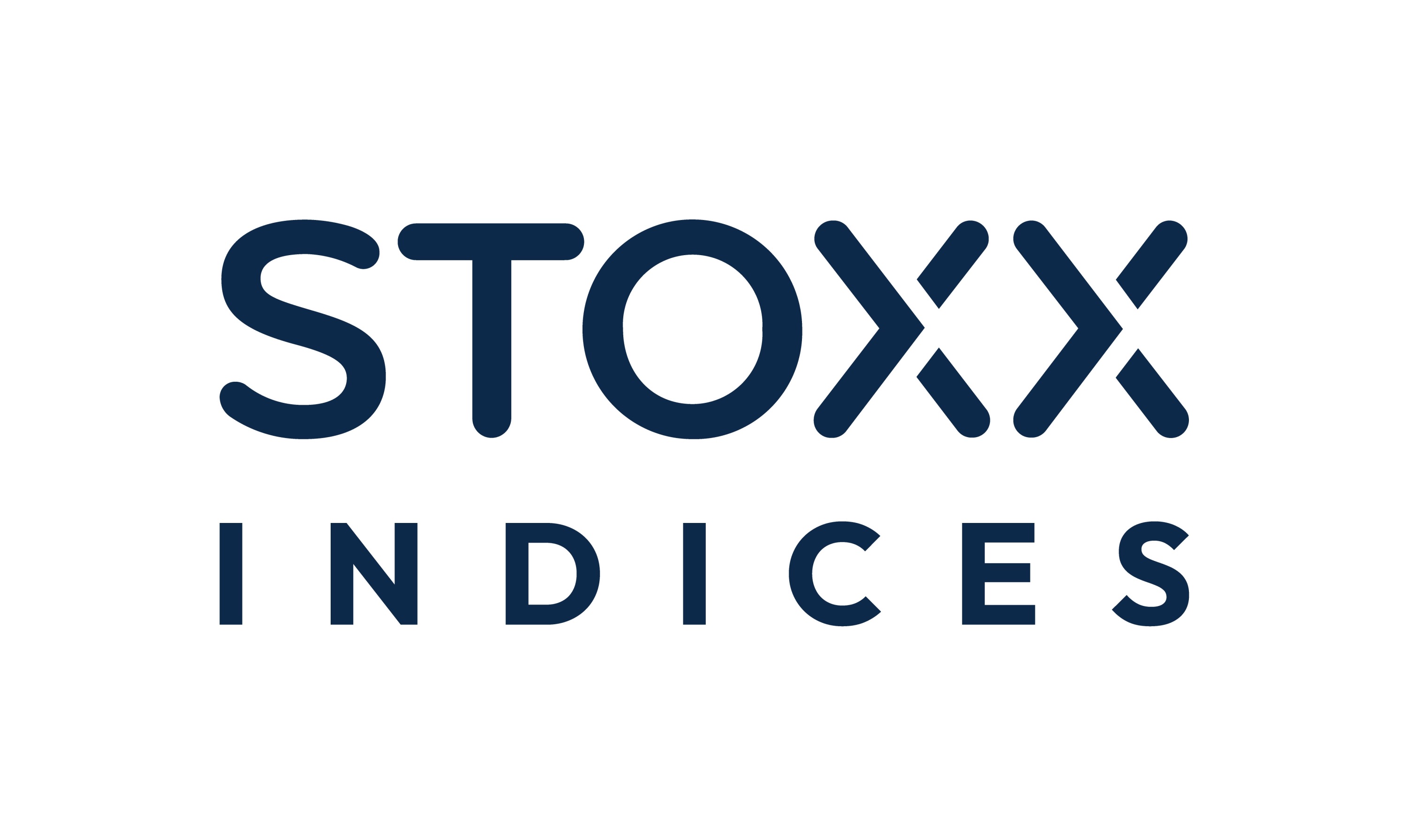As international travel increasingly resumes in tandem with coronavirus induced lockdowns beginning to ease, travel companies are starting to bounce back following one of the toughest quarter's in history for the industry, however, European investors are reluctant to pour assets into the travel ETFs available in the region.
In Europe, there are three ETFs that offer exposure to the travel and leisure industry, all tracking the same index with combined assets under management (AUM) of under €50m.
The iShares STOXX Europe 600 Travel & Leisure UCITS ETF (SXTPEX), the Lyxor STOXX Europe 600 Travel & Leisure UCITS ETF (LTVL) and the Invesco STOXX 600 Optimised Travel & Leisure UCITS ETF (XTPS) all track the performance of the STOXX 600 Travel & Leisure index.
From the start of the year until 18 March, LTVL returned -55.7% before bouncing back to deliver 47% from the trough, as at the end of May. It was also one of the top-performing ETFs in the week to 29 May returning 12.3%.
The STOXX 600 Travel & Leisure index has 19 constituents, including companies such as TUI, Carnival and EasyJet which were all downgraded in MSCI’s recent index rebalance from its standard indices to small cap categories given their recent performances.
However, Kenneth Lamont, senior research analyst, passive strategies, at Morningstar, told ETF Stream the exposure is not attractive for investors as they do not offer a "pure-play" on any one sector or industry.
“There is a lot of concentration in single stocks and for an investor buying into ETFs like these, they are not really a pure-play on anything,” Lamont told ETF Stream.
As part of the benchmark’s strategy to include “leisure” companies, the 19-strong constituent list also has gambling companies Evolution Gaming and Flutter Entertainment.
Other constituents include German airline company Lufthansa which received a $10bn state bailout and Ryanair which is attempting to block European airline bailouts like Lufthansa’s.
Even with the potential for the travel companies to recover from their downward trending performances in Q1, investors have not taken advantage of the cheap valuation of the three ETFs. Year-to-date, total net flows for all three products is $-6m, according to data from Bloomberg Intelligence.
The largest ETF is BlackRock's SXTPEX with $23m AUM, although it is only domiciled in Germany and therefore has a more limited audience.
In comparison with the US, investors have been significantly more opportunistic with investing in travel ETFs. The US Global Jets ETF, which offers exposure to international airline companies, aircraft manufacturers and airports, saw its AUM grow from just $33m in early March, according to FactSet, to $930m by 1 June.
This both highlights the retail nature of the US ETF market but also how the right product could attract big flows this side of the pond as well.
Sign up to ETF Stream’s weekly email here








